James Briggs (Clinical Trainer) gives us his 10 top tips for recognising and treating Anaphylaxis!
- 1. Anaphylaxis is characterised by rapidly developing life threatening changes to the airway and/or breathing and/or circulation. 80% of the time there will be skin and/or mucosal changes present
- 2. Remember that generally, Anaphylaxis is a fast happening reaction. The earlier you recognise and treat it, the better the outcome
- 3. Always call an ambulance for a patient with Anaphylaxis. You may treat it successfully but it is a biphasic reaction, meaning the symptoms could return several hours later.
- 4. If you suspect a patient is having an Anaphylactic reaction always give them Adrenaline
- 5. Using the ABCDE approach will help you to recognise and treat Anaphylaxis
- 6. Always be prepared to give the Anaphylaxis patient a second dose of Adrenaline 5 minutes after your first dose if there is no improvement in their symptoms.
- 7. Remember that Anaphylaxis can be caused by a wide variety of things. A patient may have ingested something (nuts/shellfish), been stung by something (bees/wasps) or come into contact with something (latex)
- 8. The best site to administer Adrenaline is intramuscularly at the mid-point of the patients’ outer thigh
- 9. Remember to check for any potential obstructions (wallet, phone) that the patient may have in their pocket and remove them before administering Adrenaline into their thigh.
- 10. If using an auto-injector to administer Adrenaline to the patient NEVER put your thumb over the end of it! Last year 9 health care professionals injected themselves whilst trying to treat a patient with Anaphylaxis
It is exciting times here at ECG and we are delighted with the new products and services we are able to offer you. Keep up to date with our latest news on our website, news and blog or simply give us a call in the office on 0845 423 8993.
Written by James Briggs, Monday 26th November 2018













